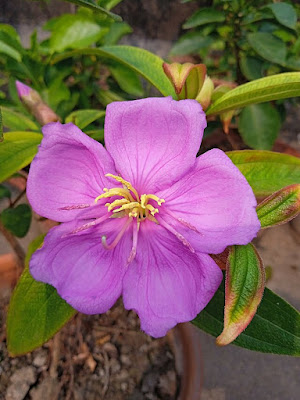Actinidia chinensis — commonly known as the golden kiwi or gold kiwifruit — is a fruiting vine in the family Actinidiaceae, native to China. It's closely related to the more commonly known green kiwifruit (Actinidia deliciosa), but differs in appearance, flavor, and nutritional content.
🔍 Overview
Common Names: Golden kiwi, yellow kiwi, Chinese gooseberry
Scientific Name: Actinidia chinensis
Family: Actinidiaceae
Origin: Native to central and southern China
🌿 Plant Description
Type: Vigorous, deciduous, climbing vine
Leaves: Broad, oval, slightly hairy
Flowers: Fragrant, white or cream-colored, dioecious (male and female on separate plants)
Pollination: Requires both male and female plants for fruit production

























